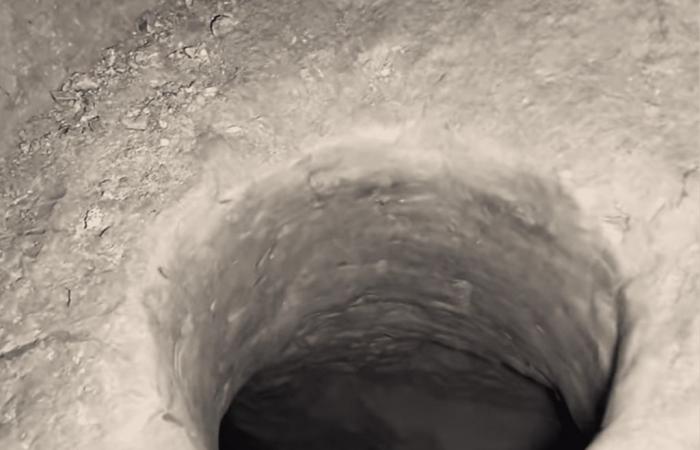Speleologists have explored this network of tunnels which crisscross Europe to understand its origin.
Underground passages always arouse curiosity. This is the case of those in Erdstall, which form a network of at least 2000 tunnels covering a good part of Europe, mainly in Germany but also in France. They could have been dug in the Middle Ages, or even a little before. The name of these tunnels comes from the German “erde” which means “earth” and “stelle” which means place. The particularity of these tunnels is that they are very low and narrow. Generally oval in shape, they extend over between 20 and 50 meters for the most part. They also have “schlupf” (“slides”), which are very small openings serving as passages between tunnels of different heights. It is therefore extremely difficult to move around there and they only have one entry/exit point.
Many theories have emerged about their origin, as reported Popular Mechanics : some think that they had a religious function, others go very far by affirming that they are relics left by extraterrestrials.
To find out more, Raimund Edlinger, a robotics expert at the Upper Austrian University of Applied Sciences, and his fellow computer vision professor Kurt Niel recently began an exploration. They were able to analyze the tunnels up close, using a handheld device with an RGB camera, gyroscope, accelerometer and high-resolution sensors. Their goal was to map these mazes and understand the intention of those who dug them. They finally managed to draw some interesting conclusions.
They established that certain spaces had doors and a system of pillars, offering the possibility of barricading oneself inside. This could therefore mean that they were used as places of habitation, particularly in the event of extreme climatic conditions, or as survival rooms in the event of an external attack. The two experts also deduced that this network had been dug from the same central hole. Then, “from this hole, they drilled the different parts and then removed all the materials from the Erdstall”. The pieces would then have been connected together.
Kurt Niel shared a video of his expedition on Youtube, the images of which make all claustrophobic people feel worse. With Raimund Edlinger, they hope to be able to continue their research by exploring different corners of the network. Thus, they aim, ultimately, to be able to present a reconstruction of the tunnels and provide a unique experience to visitors, so that they feel “the same sensation” as during the exploration.







